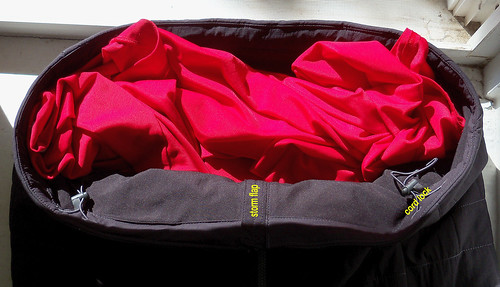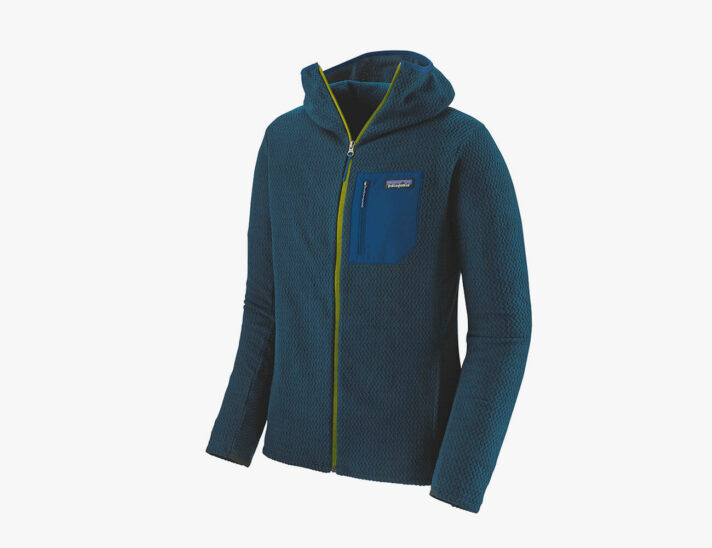
Though form-fitting (more on that below), the jacket is surprisingly stretchy and easily maneuverable. Unfortunately, it can’t be stuffed into any of its pockets like many of its counterparts, but the jacket does fit into its hood and can be cinched to the size of a 32-ounce Nalgene. While far from the lightest insulating option on the market-that distinction belongs to down-the Ascendant boasts a very respectable weight-to-warmth ratio for a synthetic jacket. The Polartec insulation on the inside is attached directly to the Pertex shell, reducing some bulk by eliminating materials typically found in other jackets (similar to its Uberlayer predecessor, which used mesh lining quite liberally inside). Jackets like the Arc’teryx Proton LT and Patagonia Nano-Air let in noticeably more freezing wind, and had us quickly reaching for our waterproof layer in those conditions.Īt 13 ounces, the Ascendant’s relatively low weight is partially achieved by its lack of materials. To be clear, the Ascendant is a long way from replacing a hardshell in rowdy weather, but it is among the best we’ve tested in the active insulation market. The shell also fended off wind well, which came in handy while sitting on a lift and traversing a blustery ridgeline. On one particular outing, under constant, heavy snowfall, water began dampening the shoulders but didn’t seem to penetrate the insulation-a very welcome benefit of synthetic insulation over down in these types of conditions. The water-resistant Pertex shell did an excellent job of repelling precipitation, which beaded off my shoulders and sleeves as I loaded and unloaded ski gear in the rain. It’s also become my go-to for approaches in the Coast Mountains backcountry, where 10-kilometer uphill slogs are common. During periods of high exertion, the jacket has been soaked with sweat (especially noticeable under my heavy BCA avalanche pack), but vents well, stays warm, and dries out quickly. In other words, it breathes when you’re moving yet keeps you warm when you’re standing still. And the Polartec Alpha Direct-distinguishable from other synthetic insulation like PrimaLoft by its low-density design-traps heat in its many air pockets when you’re inactive. The Pertex shell sheds moisture very effectively while still allowing for good airflow. One thing became immediately apparent: it has a remarkable ability to simultaneously vent heat and protect you from the elements. I often found myself hanging out in it from the moment I woke up until it was time to cozy up in my sleeping bag.īreathability is another strongpoint of the Outdoor Research Ascendant. With a bit less insulation than the since-discontinued Uberlayer (95g/m2 compared to 98g/m2), but significantly more than other options like the Patagonia Nano-Air and Arc’teryx Atom LT (60g each), the Ascendant lands in a well-deserved category as a versatile jacket for almost any season or activity. And it can definitely go colder with more layers added.
.jpg)
In practice, I found the Ascendant’s “sweet spot” to be within five degrees of freezing on either end, which is a respectable range for an active insulation piece. In terms of layering, I often paired it with a short-sleeve baselayer, and sported the jacket as an outer layer for descending just as often as I did for climbing-a true testament to its temperature-regulating ability and breathability (more on that below). If anything, I found that the Ascendant ran a little on the warm side during aerobic activities. Despite its plush, toy-like appearance, the Polartec Alpha Direct synthetic insulation worked great. While I expected this weight-saving decision to impact warmth, that wasn’t the case. The Outdoor Research Ascendant Hoody, unlike many other active insulation pieces, has only two layers: an outer shell and inner insulation.

To see how the Ascendant stacks up, see our articles on the best synthetic jackets and best midlayers. Below we break down the Ascendant’s warmth, breathability, water resistance, weight and packability, fit and sizing, and more. We have mixed feelings about its exposed insulation, which results in a fuzzy, somewhat unkempt appearance, but the Ascendant proved itself to be a solid active insulation choice for high-output activities. As an active midlayer with great mobility, it can be your go-to jacket for everything from backcountry skiing and climbing to hanging out by the fire after a day in the mountains.

Piggybacking off the popularity of their functional Uberlayer jacket, Outdoor Research introduced the Ascendant as a lighter and more breathable option.


 0 kommentar(er)
0 kommentar(er)
